What is the Anti-Skid Track in a Loader Tire?
An anti-skid track in a loader tire is a specialized attachment designed to enhance traction and stability in challenging terrain conditions. These metal tracks wrap around the loader's rubber tires, providing superior grip on slippery surfaces such as snow, ice, mud, and loose soil where conventional tires might struggle. The loader tire anti-skid track system consists of interconnected metal plates that distribute the machine's weight more evenly across the ground surface, significantly reducing the risk of slippage and improving operational efficiency. Unlike permanent tracks found on dozers or excavators, these attachments can be installed or removed as needed, offering versatility for various job sites and weather conditions. Anti-skid tracks extend the functionality of wheel loaders in extreme environments, allowing operators to maintain productivity in conditions that would otherwise halt operations. They also protect the underlying rubber tires from excessive wear and potential damage from sharp objects or abrasive surfaces, thereby extending tire lifespan and reducing maintenance costs in the long run.
Components:

Baseboard: The Foundation of Stability
The baseboard serves as the primary contact surface between the anti-skid track and the ground. Typically manufactured from high-strength manganese steel or hardened alloy steel, the baseboard features a textured or grooved surface design that maximizes friction against various terrain types. These patterns are strategically engineered to channel away water, mud, and debris while maintaining consistent ground contact. The thickness of the baseboard varies depending on the anticipated load requirements and operating conditions, with heavier-duty applications requiring thicker, more robust baseboards. The edges of quality baseboards are often beveled or rounded to prevent catching on obstacles while still providing aggressive traction on challenging surfaces.
Side Plates: Securing the Track Assembly
Side plates are vertical components that extend from the baseboard and wrap around the tire's sidewall, securing the anti-skid track firmly in place. These plates are typically manufactured from high-tensile steel to withstand the lateral forces exerted during turning maneuvers. The design of side plates includes strategic cutouts that allow for proper tire flexion while preventing excessive movement of the track assembly. Premium loader tire anti-skid track systems feature reinforced side plates with additional bracing at stress points to prevent deformation under heavy loads. The height of side plates is carefully calculated to provide optimal tire coverage without interfering with the loader's fenders or hydraulic components.
Bolts and Fastening Systems: Ensuring Reliable Connection
The fastening system represents the critical link between all components of the anti-skid track. High-strength bolts, typically grade 8 or higher, are used to secure the side plates to the baseboard and create a unified assembly. These bolts undergo specialized heat treatment processes to enhance their tensile strength and resistance to vibration-induced loosening. Modern anti-skid track systems incorporate self-locking nuts or thread-locking compounds to maintain connection integrity even in high-vibration environments. The placement of bolts follows precise engineering specifications to distribute stress evenly across the entire track assembly. Regular inspection and maintenance of these fastening systems are essential to ensure continued operational safety and prevent potential track failure during critical loader operations.
How does the anti-skid track improve the traction of a loader tire?

Increased Surface Contact Area
The loader tire anti-skid track significantly expands the machine's ground contact area compared to standard rubber tires. This expanded footprint distributes the loader's weight across a larger surface, reducing ground pressure at any single point. The metal tracks provide multiple contact points with varying angles and edges that can grip irregular terrain features. This enhanced surface interaction allows the loader to maintain traction in conditions where rubber tires would spin or slide. The increased contact area also improves stability when operating on inclines or uneven ground, reducing the risk of tipping or sliding sideways during operation. Additionally, the wider footprint created by anti-skid tracks can reduce soil compaction in sensitive areas, making them valuable for agricultural applications or environmentally sensitive job sites.
Enhanced Grip Through Metal-to-Surface Interaction
The metal construction of anti-skid tracks offers superior frictional properties compared to rubber tires, particularly on challenging surfaces. The hardened steel components can effectively bite into ice, packed snow, and frozen ground where rubber compounds would harden and lose effectiveness. The textured surface patterns on quality anti-skid tracks create micro-interactions with the terrain, establishing multiple points of mechanical engagement. Some advanced tracks incorporate tungsten carbide inserts or hardfacing on high-wear areas to maintain aggressive traction capabilities even after extended use. The metal-to-surface interaction generates significantly higher friction coefficients than rubber-to-surface contact, especially in wet or muddy conditions where rubber tires would become coated and slick.
Weight Distribution and Stability Benefits
Anti-skid tracks transform the loader's weight from a liability into an advantage by utilizing the machine's mass to enhance ground engagement. The rigid structure of the tracks prevents tire deformation under load, maintaining consistent ground contact patterns regardless of the weight being carried. This improved weight distribution allows operators to safely handle heavier loads in challenging conditions without compromising mobility or stability. The added weight of the tracks themselves lowers the loader's center of gravity, improving stability on slopes and reducing the risk of tipping during lifting operations. The interconnected nature of the track assembly creates a unified traction system that responds more predictably to operator inputs compared to individual tires that may slip independently of one another.
Anti-skid chains for loader tires VS Rubber Tires

Performance in Extreme Conditions
Anti-skid tracks outperform standard rubber tires by a significant margin in extreme weather and terrain conditions. While rubber tires begin to lose traction when temperatures drop below freezing, anti-skid tracks maintain consistent performance across a wide temperature range. In deep snow applications, rubber tires tend to spin and sink, while tracks with appropriate grouser patterns can effectively float on top of soft snow while still providing forward momentum. During spring thaw or rainy seasons, muddy conditions that would bog down rubber-tired loaders become manageable with properly selected anti-skid tracks. The metal construction of tracks remains unaffected by hydroplaning effects that can compromise rubber tire performance on wet surfaces. For construction sites with loose material or steep grades, the aggressive traction of anti-skid tracks allows work to continue safely where rubber tires would struggle.
Durability and Maintenance Considerations
The durability profile of anti-skid tracks differs significantly from that of conventional rubber tires. Metal tracks typically offer superior resistance to punctures, cuts, and abrasions that would sideline rubber tires. However, they require regular inspection of fastening systems and wear components to ensure safe operation. Rubber tires generally provide smoother operation and require less frequent maintenance, but they are vulnerable to damage from sharp objects and suffer accelerated wear in abrasive conditions. The loader tire anti-skid track system protects the underlying rubber tires from direct contact with damaging terrain features, potentially extending tire life in harsh environments. While the initial investment for quality anti-skid tracks may be higher than replacement rubber tires, the extended operational capability and reduced downtime can provide a significant return on investment for operations in challenging environments.
Cost-Effectiveness Analysis
When evaluating the economic impact of anti-skid tracks versus standard rubber tires, multiple factors must be considered beyond the initial purchase price. Anti-skid tracks typically represent a higher upfront investment but can deliver substantial returns through increased productivity in adverse conditions. The ability to maintain operations during inclement weather that would otherwise halt work can justify the investment in tracks for operations with tight deadlines or weather-dependent contracts. Rubber tires generally offer lower acquisition costs and reduced fuel consumption due to their lighter weight and lower rolling resistance. However, frequent tire replacements due to damage or wear in harsh conditions can quickly erode this initial cost advantage. For operations that frequently encounter challenging terrain, the combination of extended tire life and reduced machine downtime provided by anti-skid tracks often results in lower total ownership costs over the equipment's lifecycle.

FAQHow long do loader tire anti-skid tracks typically last?
The lifespan of quality loader tire anti-skid tracks typically ranges from 2,000 to 3,000 operating hours, depending on application severity, maintenance practices, and terrain conditions.
Can anti-skid tracks be installed on any loader tire size?
Most reputable manufacturers produce anti-skid tracks to fit standard loader tire sizes ranging from 17.5-25 to 29.5-25 and beyond. Custom solutions are available for non-standard tire dimensions or specialized applications.
How difficult is it to install and remove loader tire anti-skid tracks?
Installation difficulty varies by design, with modern systems focusing on user-friendly attachment methods. Basic chain-style tracks typically require 30-60 minutes per tire for installation by experienced personnel. More sophisticated systems with quick-attach features can reduce installation time to 15-20 minutes per tire.
What maintenance is required for loader tire anti-skid tracks?
Regular maintenance includes torque checks on all fasteners after the first 8-10 hours of operation and then at 40-50 hour intervals thereafter. Visual inspection for damaged or worn components should be conducted daily during periods of active use.
Anti-skid tracks for loader tires represent a significant advancement in equipment versatility and all-weather capability. By understanding the components, benefits, and operational considerations of these systems, equipment managers can make informed decisions about implementing this technology in their operations. For more information about high-quality anti-skid tracks and other loader accessories, contact our team of experts at arm@stnd-machinery.com. Tiannuo Machinery's comprehensive experience in construction equipment attachments ensures that we can provide the right solution for your specific operational challenges.
References
Construction Equipment Guide. (2024). "Advancing Traction Systems for Modern Loaders." Construction Equipment Publication, Volume 45, Issue 3.
Zhang, L., & Thompson, R. (2023). "Performance Analysis of Traction Enhancement Systems in Heavy Construction Equipment." Journal of Construction Engineering, 18(2), 112-127.
International Association of Equipment Manufacturers. (2024). "Safety Guidelines for Loader Operation in Adverse Conditions." IAEM Safety Series, Edition 9.
Wilson, J. (2023). "Material Selection and Engineering Considerations for Heavy Equipment Attachments." Materials in Construction Applications, 31(4), 348-362.
American Society of Construction Engineers. (2024). "Comparative Analysis of Traction Systems for Wheel Loaders." Technical Report Series, TR-2024-08.
Patel, S., & Hernandez, M. (2023). "Economic Impact of Traction Enhancement Technologies in Construction and Mining." Equipment Economics Review, 12(1), 76-89.
About Author: Arm
Arm is a leading expert in the field of specialized construction and railway maintenance equipment, working at Tiannuo Company. Tiannuo specializes in manufacturing a wide range of products, including railway maintenance equipment like railway sleeper changing machines and screening machines, excavator modification equipment such as excavator lifting cabs, various engineering arms for excavators, excavator accessories like digging buckets, and engineering vehicle auxiliary equipment like loader buckets.
YOU MAY LIKE
_1740558626327.webp) VIEW MORERailway track sweeper
VIEW MORERailway track sweeper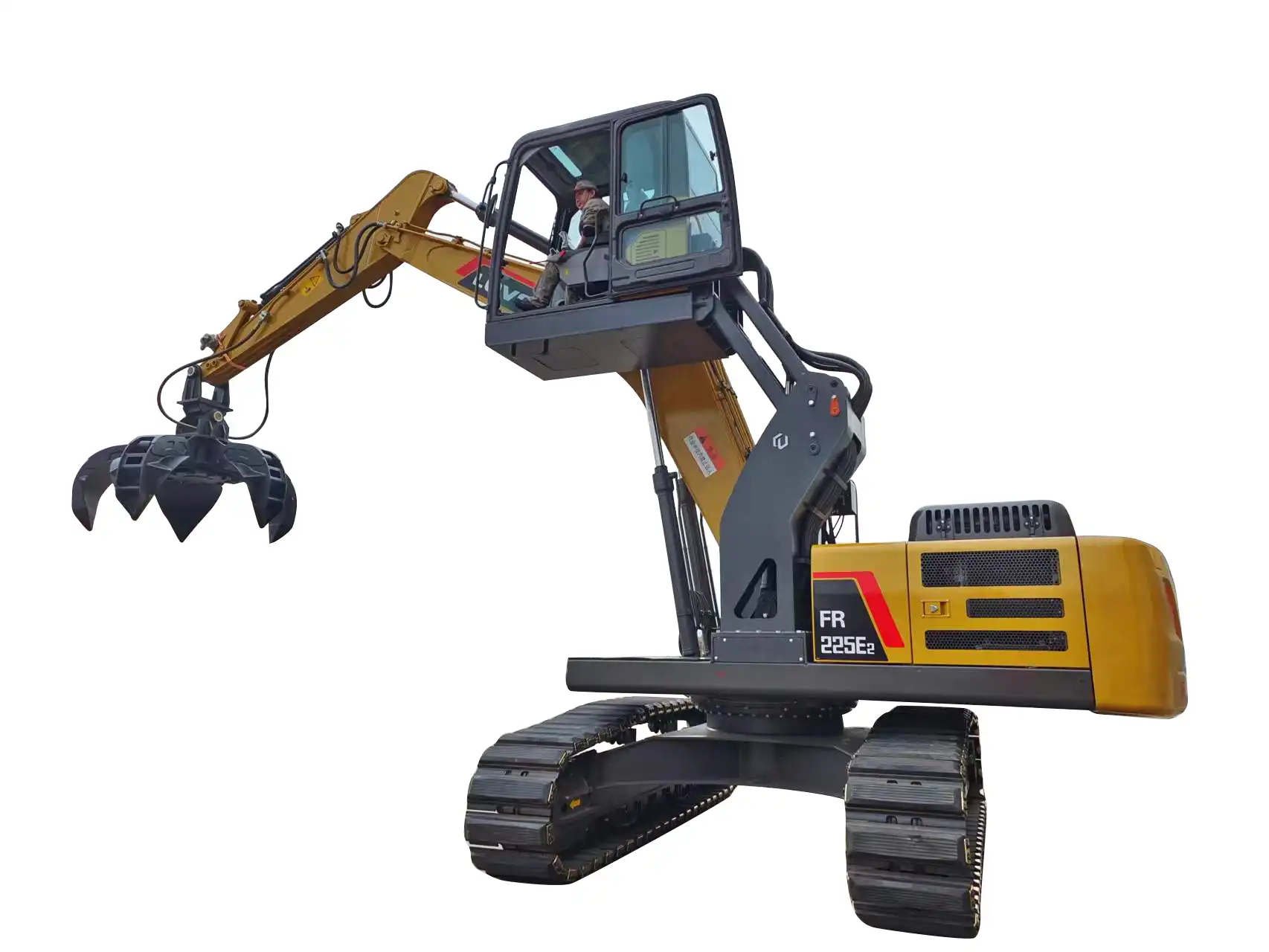 VIEW MOREExcavator lift cab modification
VIEW MOREExcavator lift cab modification_1733877348138.jpg) VIEW MORELoader Tire Protection Chain
VIEW MORELoader Tire Protection Chain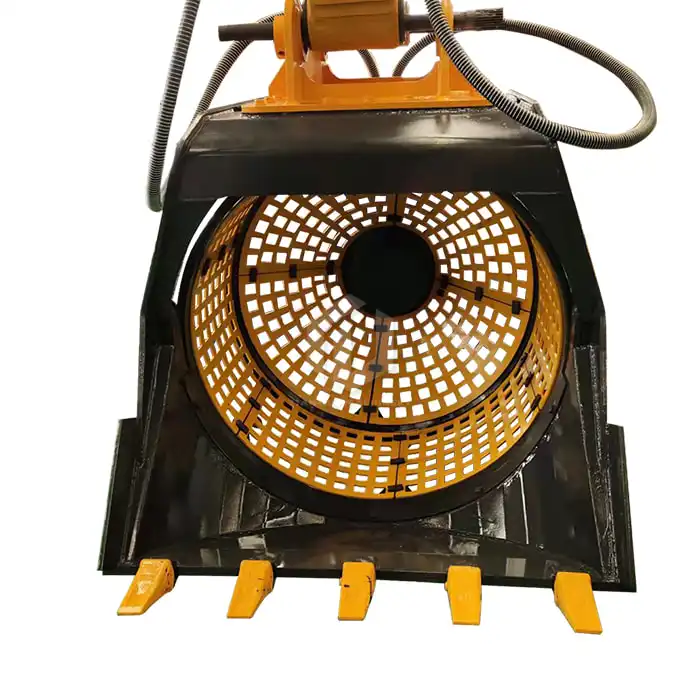 VIEW MOREExcavator Rotary Screening Bucket
VIEW MOREExcavator Rotary Screening Bucket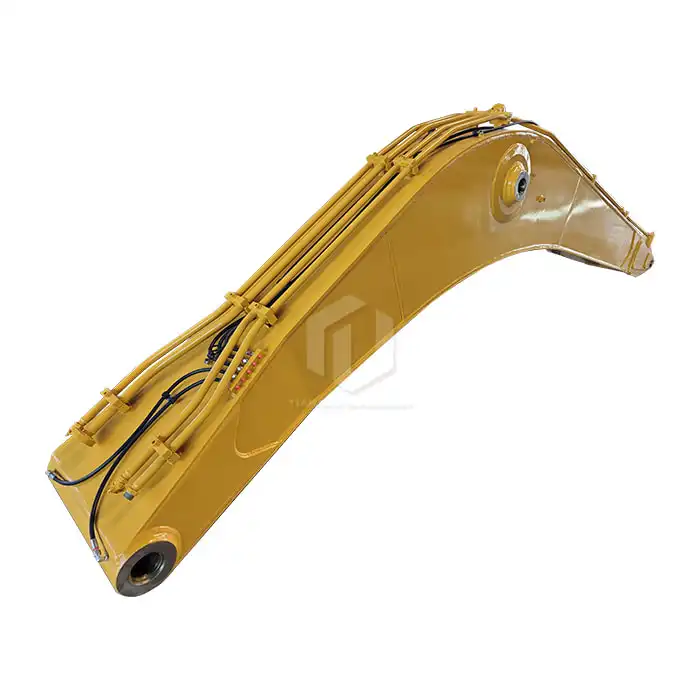 VIEW MOREStandard Size Excavator Boom And Arm
VIEW MOREStandard Size Excavator Boom And Arm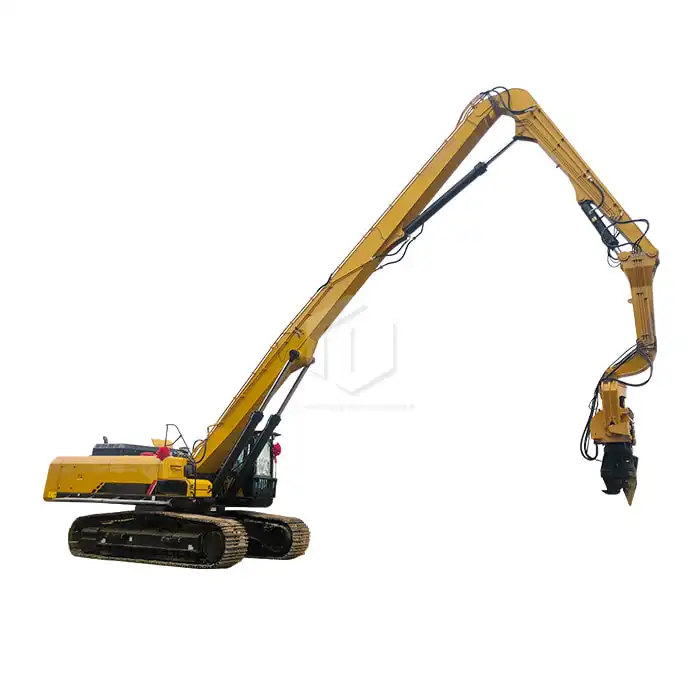 VIEW MOREExcavator Piling Boom
VIEW MOREExcavator Piling Boom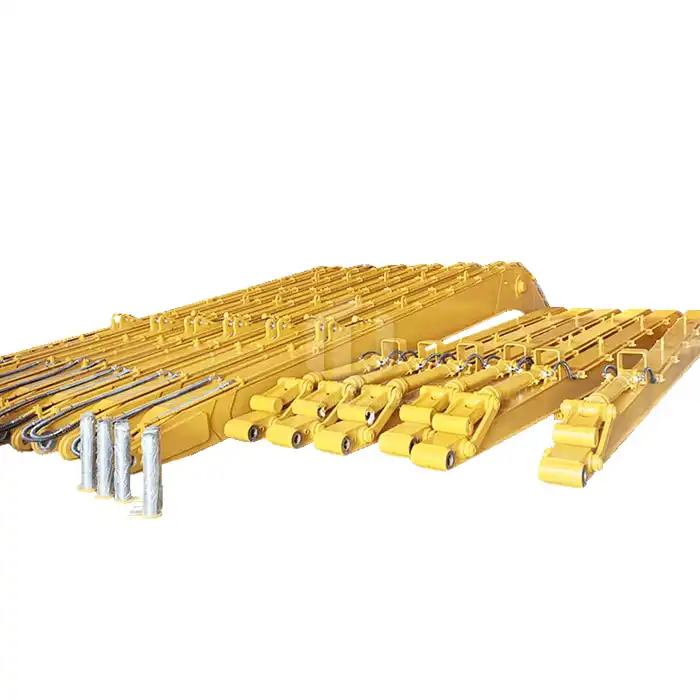 VIEW MOREExcavator Extension Arm
VIEW MOREExcavator Extension Arm VIEW MORESeaside Excavator Heightening Column
VIEW MORESeaside Excavator Heightening Column

